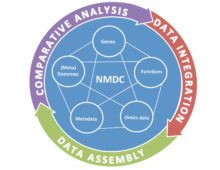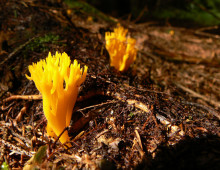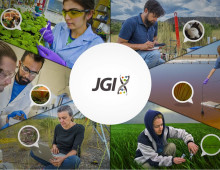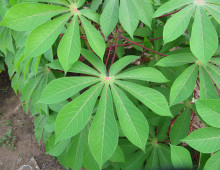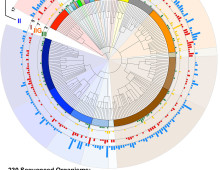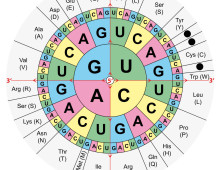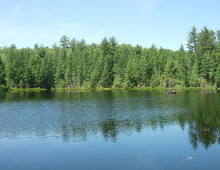A Rallying Call for Microbiome Science National Data Management
A National Microbiome Data Center is essential for enabling exploration of all the environmental genomic data. Massive amounts of data require infrastructure to manage and store the information in a manner than can be easily accessed for use. While technologies have scaled to allow researchers to sequence and annotate communities of microorganisms within an environment,… [Read More]
